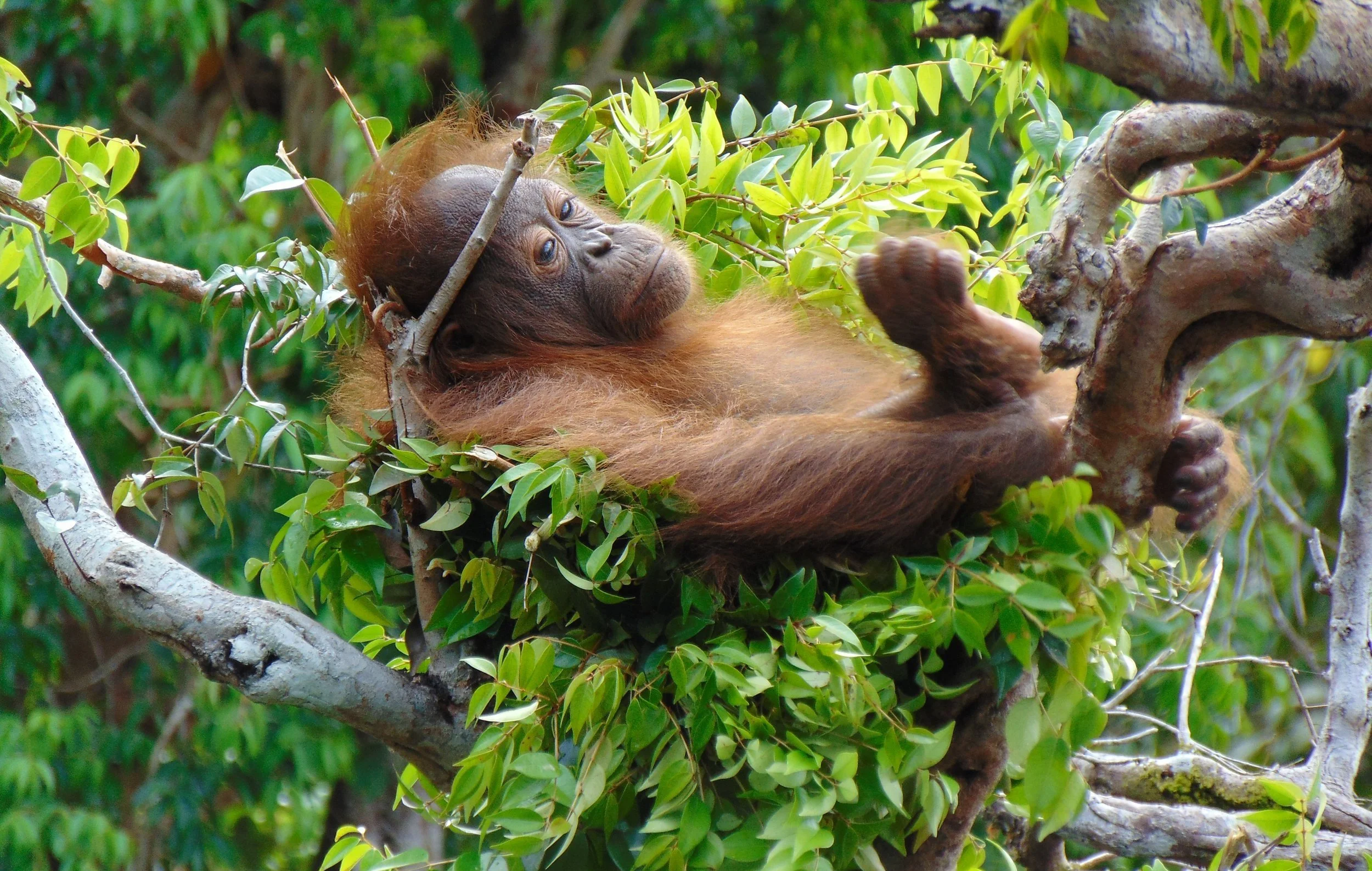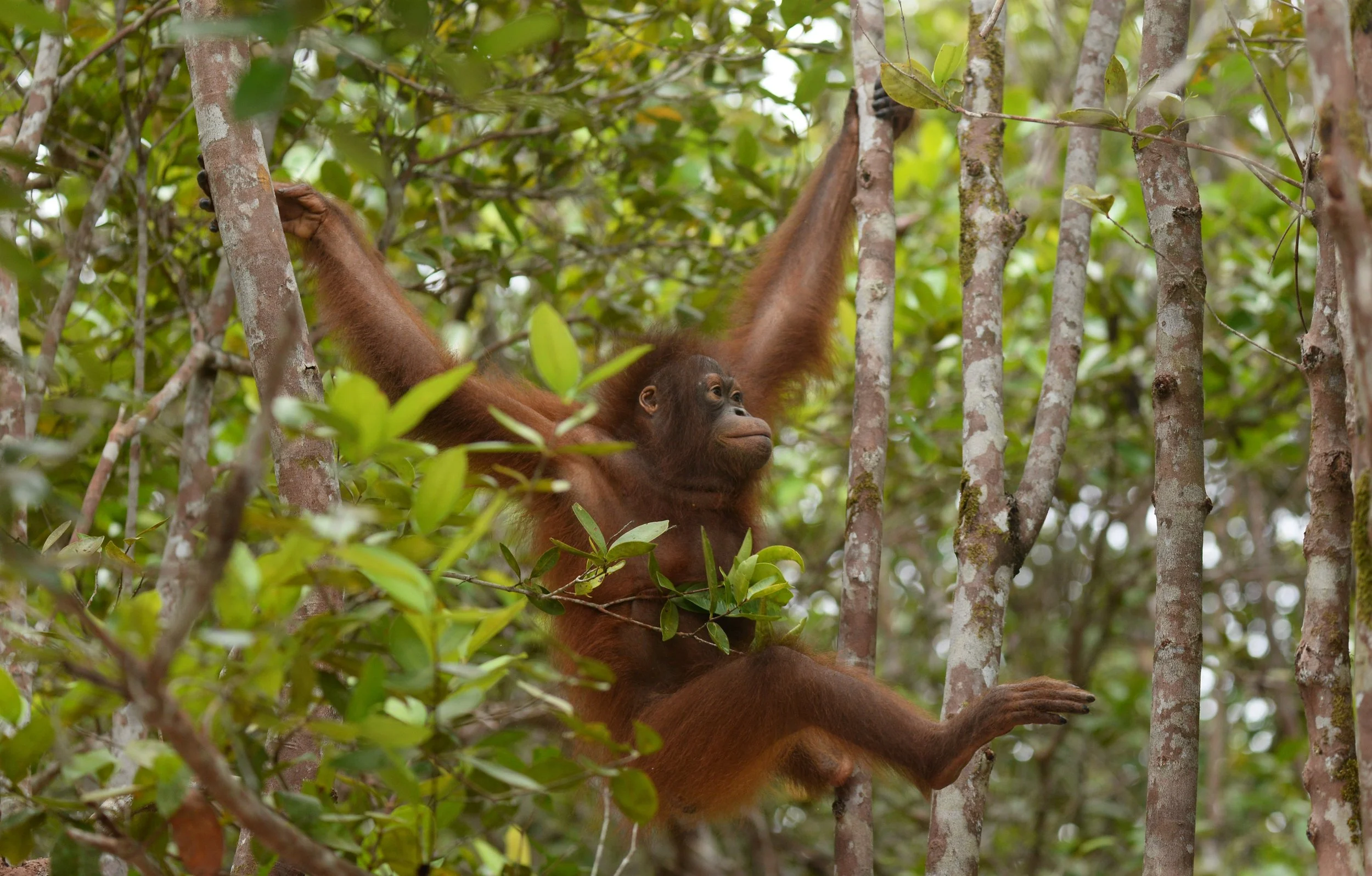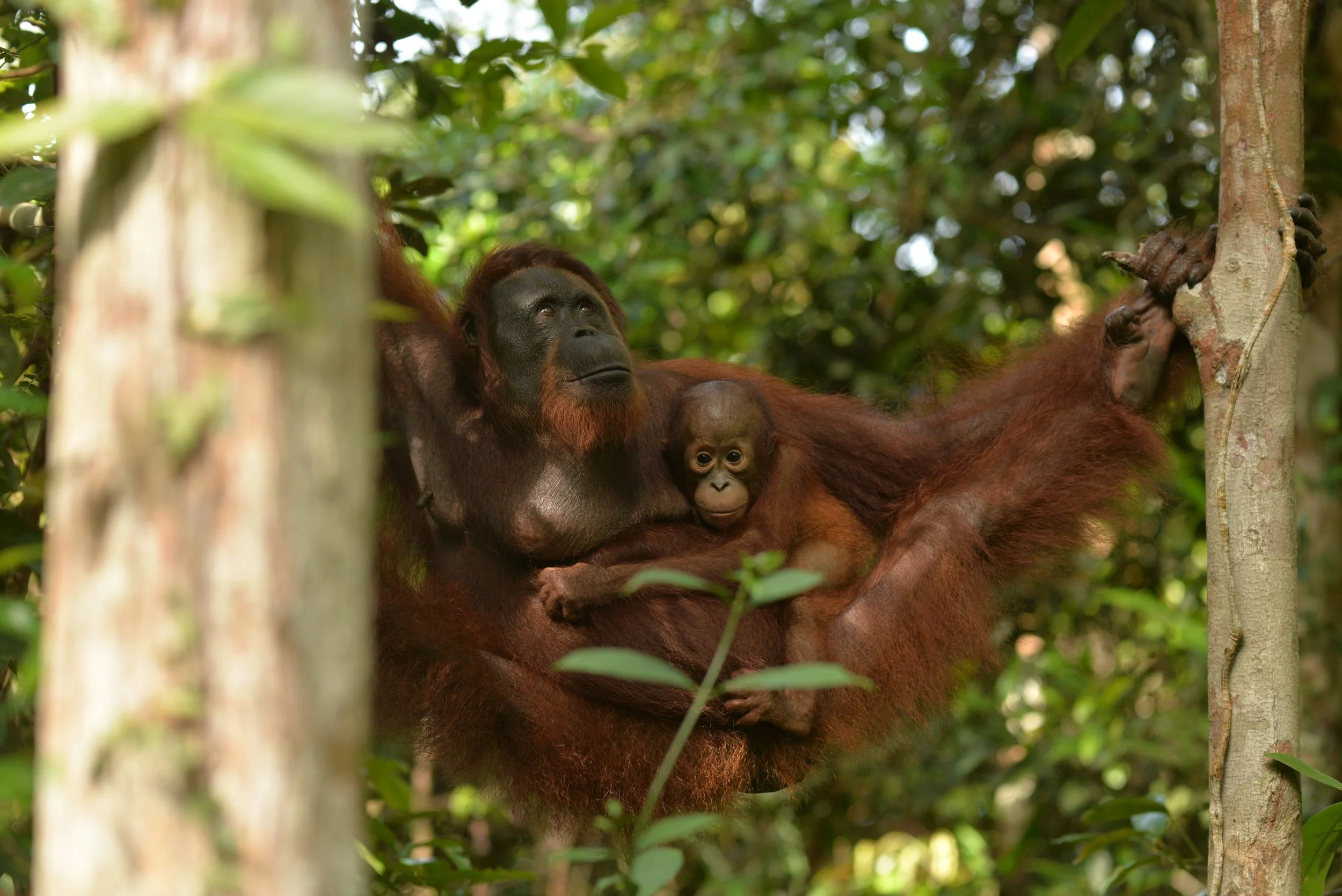Orangutans are arboreal mammals who are known not only as forest gardeners, but as forest architects, with magnificent nest building abilities. These primates spend their days climbing, foraging for food, and brachiating through the forest canopy. Afterwards, they build a new nest every single night to sleep in.
Orangutan Stories: Young orangutans have much to learn!
Orangutan Stories: News from Camp Rasak
Orangutan Stories: Sinta the Curious Eater
EXCITING NEWS: Rare Sighting of Mother and Two Infant Endangered Bornean Clouded Leopards
Orangutan Stories: Mona the Observer
Throughout our soft-release programme, the rescued, orphaned orangutans acquire many important skills as they learn to grasp the workings of life in the forest. These young orangutans must learn the essential skills of how to forage for food, climb trees, and build nests, as well as become familiar with their forest habitat and all that it encompasses.
Orangutan Stories: Timtom’s Beautiful Hair
Every orangutan has a distinct personality and unique physical characteristics that differentiate one to another. Their body size, facial features, and special characteristics are a few of the ways that the field staff use to identify orangutans in Lamandau Wildlife Reserve - Timtom is known for her beautiful hair.
Orangutan Stories: Poor Logos is Recovering
Unusual news came from Camp JL in Lamandau Wildlife Reserve. Infant Logos received an injury to his left forefinger due to an animal bite. Camp staff are currently unsure which orangutan bit him and how it occurred. As usual, Logos was actively playing in the camp yard and appeared to be in good health until February 1st when he returned to his enclosure.
Orangutan Stories: Sheila and Silva
A look back at the success of 2023 for the Orangutan Foundation
Orangutan Stories: Queen
In January of this year, our vets were called to Camp Buluh in the Lamandau Wildlife Reserve to treat Queen after she had suffered a crocodile attack. She and her son Quentin were noticeably missing around camp after the new year but were eventually sighted and the team discovered that Queen had a large wound on her lower back.
Orangutan Stories: Labetty & Leon
Orangutans have been recorded eating over 400 different types of food, which means for mothers, the job of introducing their offspring to all the different food groups is a rather large task. Until they start to forage entirely for themselves, infant orangutans depend on their mother’s milk to sustain them.
Support orangutan conservation and keep your toes warm!
Orangutan Stories: Timtom
Orangutan Stories: Ariel
Reflecting on the achievements of 2022 for the Orangutan Foundation
Orangutan Stories: Hasna & Hasan
Orangutan Stories: Mores & Marsha
When our team discover that a female orangutan in the wild is pregnant, there’s a certain energy that’s suddenly felt around camp. Every newborn is vital for the future of this critically endangered species so there’s excitement at the thought of another addition to the population, but also a sense of trepidation, hoping that the birth will go well.
This is how our team at Camp Gemini felt back in 2019 when we learnt that reintroduced orangutan Mores was pregnant for the third time. Every time we would see her moving around in the trees within the Lamandau Wildlife Reserve, we’d crane our necks to see if there was a little newborn hiding under her long orangey hair. It wasn’t until June that our team were finally rewarded. Emerging from the vegetation came Mores clutching her new tiny infant for the first time!
Our monitoring team have to be particularly vigilant for the days following an orangutan birth. It’s the most vulnerable time for any animal in the wild, so to keep a close eye on mother and offspring without disrupting their first moments together is very important.
It was satisfying to see that Mores and her newborn were progressing nicely over the first few days. With her young by her side, she would travel gracefully through the trees and eat plenty of food to keep up their strength. After a while we were finally able to determine that the infant was female, and to follow her mother’s ‘M’ lineage, she was given the name Marsha.

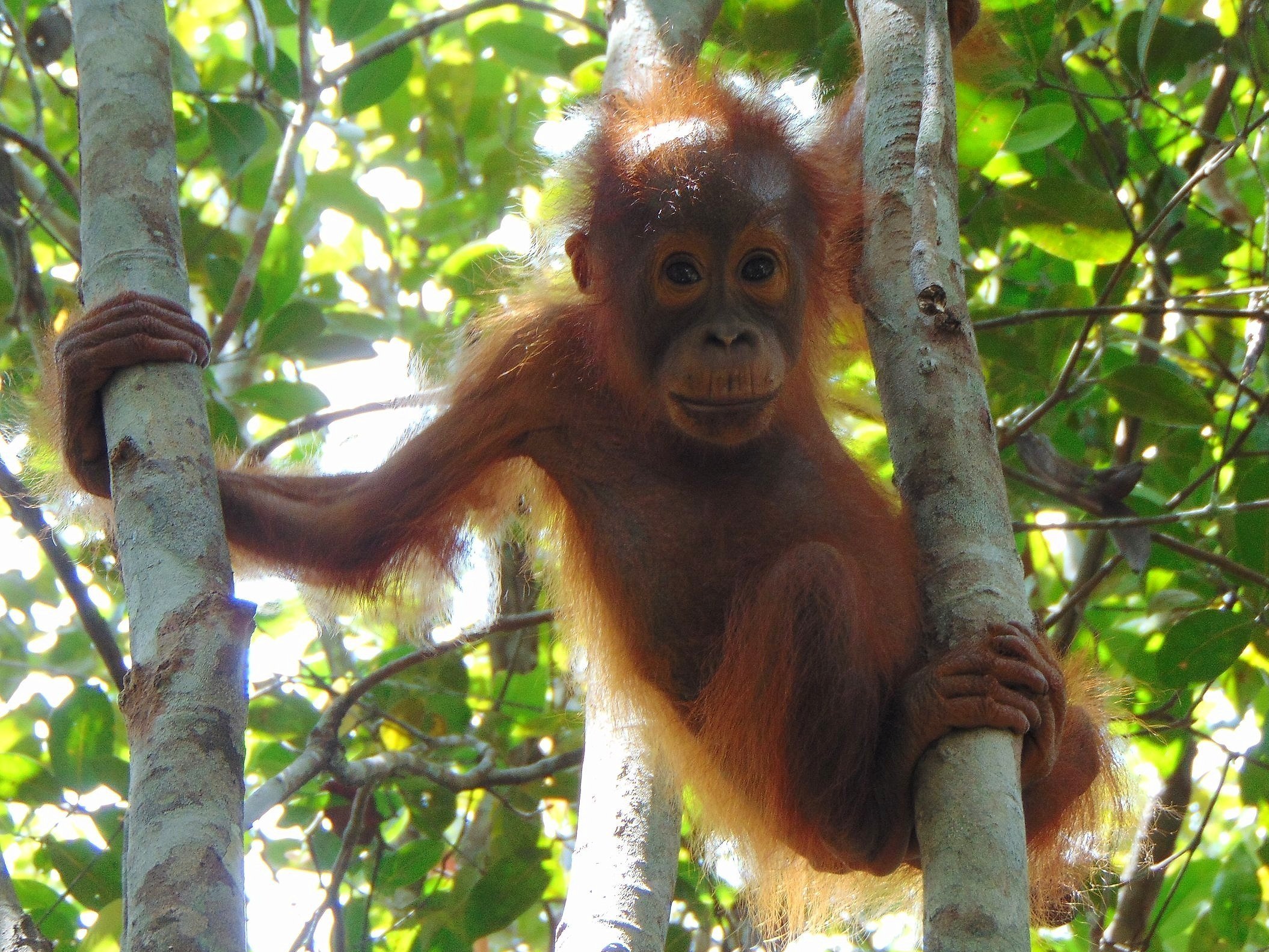

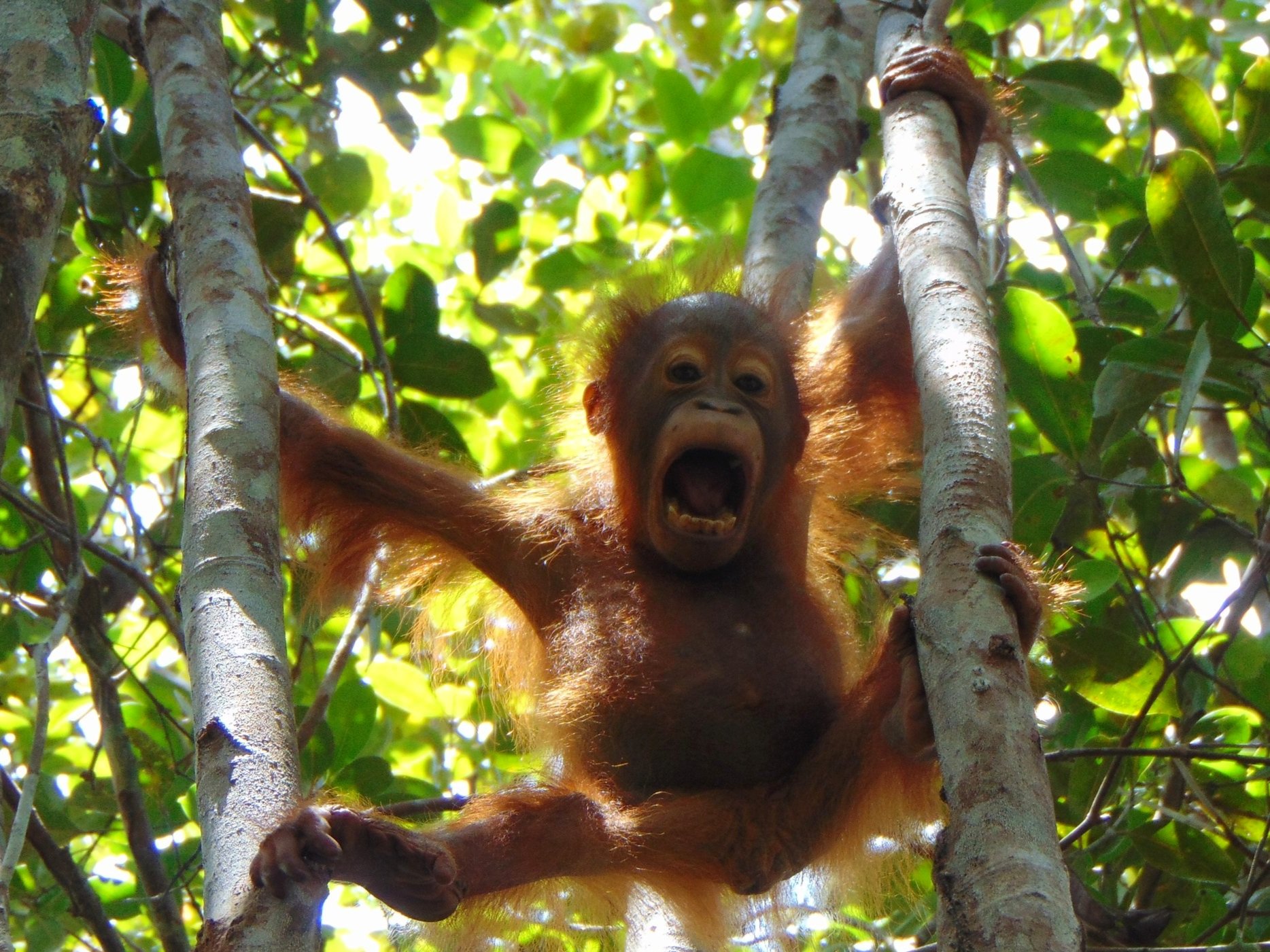
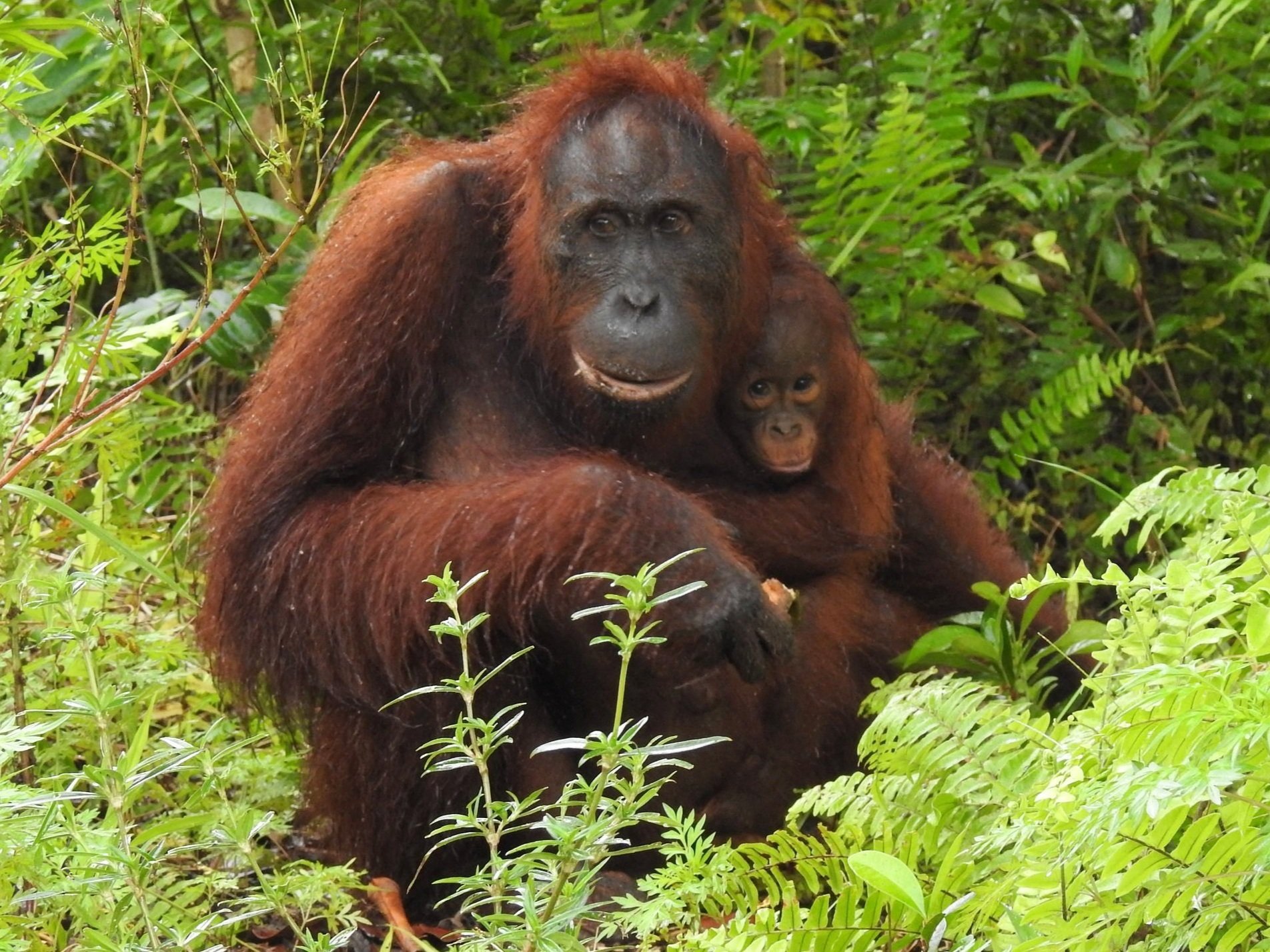
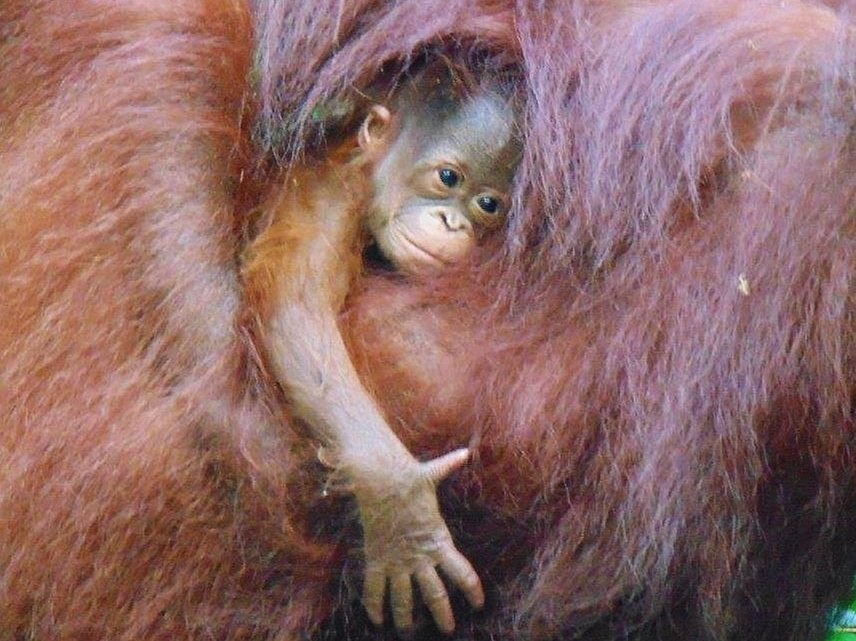

Since then, our staff have enjoyed watching Marsha grow in size and personality in the forest. Witnessing the way her mother climbs, builds nests, and searches for food; the young orangutan is slowly being painted a picture of what an independent life in the rainforest looks like. She still has a few more years to go until she’ll be ready to go it alone, but thanks to her mother’s teachings, Marsha is starting to show the first signs of maturity.
Marsha is Mores’s third offspring, having previously given birth to Marcell and Martin in the wild. For Mores to have grown her family tree so well is truly a fantastic achievement, especially when we consider that she began her life in captivity before her release into the reserve in 2003. A testament to how successful reintroduction can be when orangutans have a safe forest to roam.
It’s fair to say that Mores has played her part for the future of these critically endangered great apes, unfortunately though, not all orangutans have the opportunity to do so in a habitat that is protected. Orphans taken into the illegal pet trade have an uncertain future, but at the Orangutan Foundation our staff can offer a route back to the wild through our soft-release programme. Please click below to find out how you can adopt an orangutan today and ensure orphans as young as Marsha also have the chance to be independent.
Orangutan Stories: Queen & Quentin
The connection between an orangutan mother and her infant is almost unparalleled in the natural world. While other great apes like gorillas and chimpanzees congregate in groups so each one can contribute to parenting in some way, an orangutan infant has up to eight years of one-on-one time with its mother and is therefore totally dependent on her to survive.
Queen is spotted with her new born Quentin for the first time
In the early stages, every aspect of a young orangutan’s life is catered for by the mother: Travel- They hold onto her as she climbs and swings through the forest. Food- Even when they’ve grown out of breastfeeding, their mother will find the best fruiting trees to keep them well-nourished. Shelter- Every night they’re kept warm and safe up in the forest canopy by a nest that their mother fashions out of branches. It’s why when young orangutans are discovered in the wild or in captivity without their mother, there’s a challenging path to independence that lies ahead for the orphan.
Young orangutan Quentin can rely on his mother Queen for support
This powerful maternal bond is clear to see when our monitoring team watch female orangutan Queen care for her infant Quentin in the Lamandau Wildlife Reserve. The young male was born two summers ago in the forest surrounding Camp Buluh, and today the pair are ever-present around camp, enabling us to accurately study his development.
Their favourite pastime it seems is to forage for food along the riverbanks. Whether searching for fresh pandan leaves to eat by the water’s edge, or fishing for fallen fruit in the river, Queen will often place Quentin on her head to stay dry as she wades through the water.
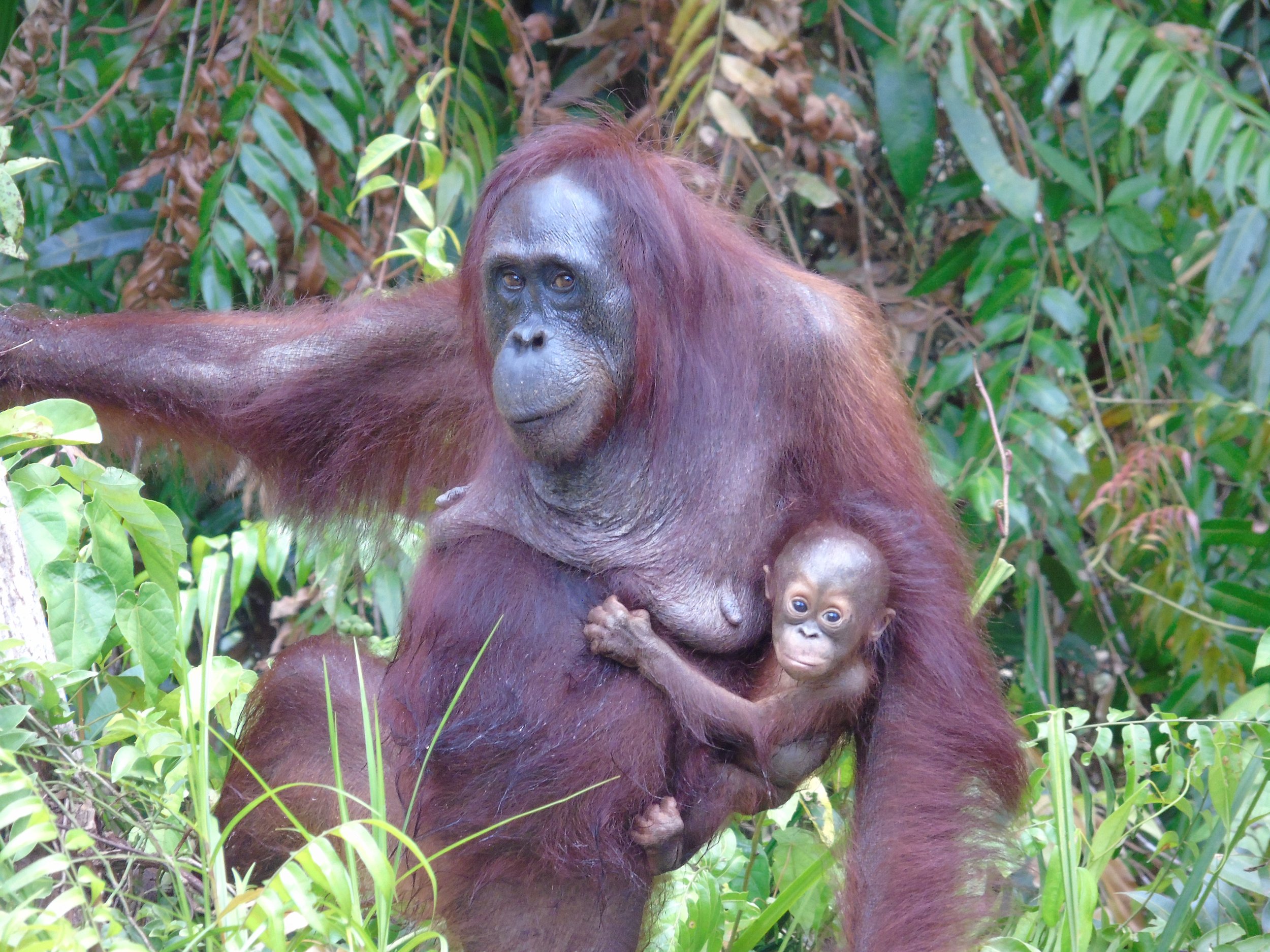

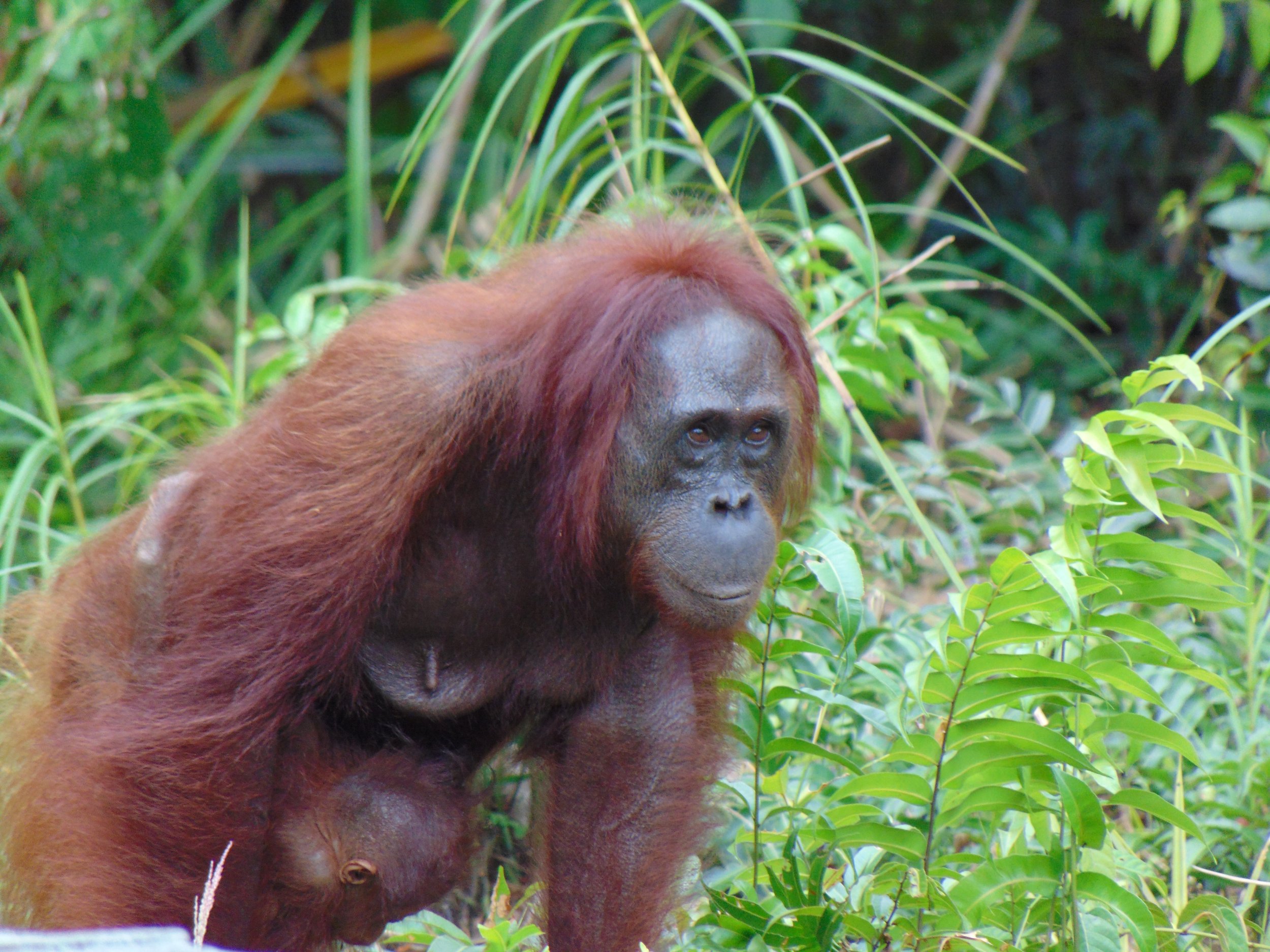


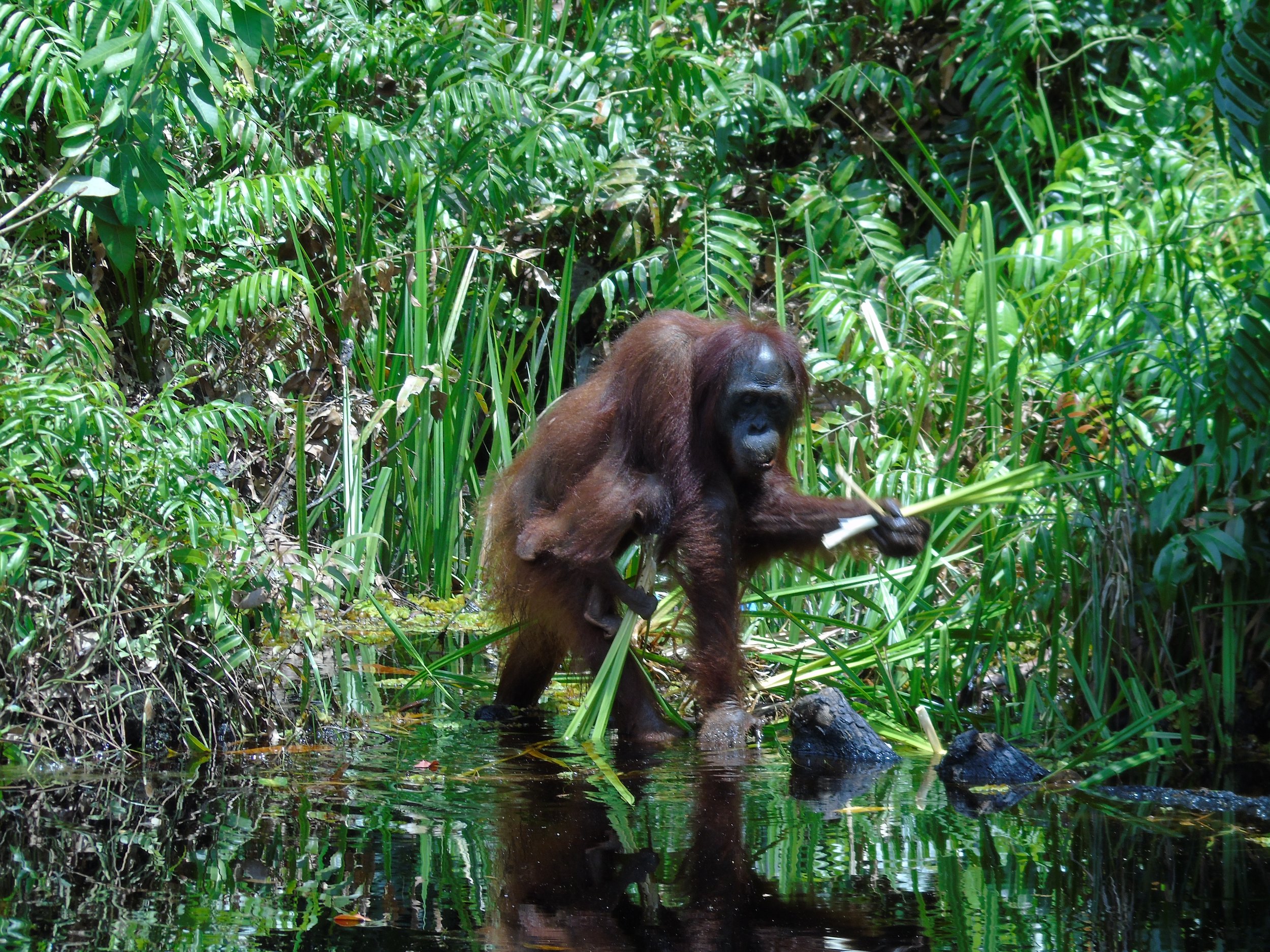
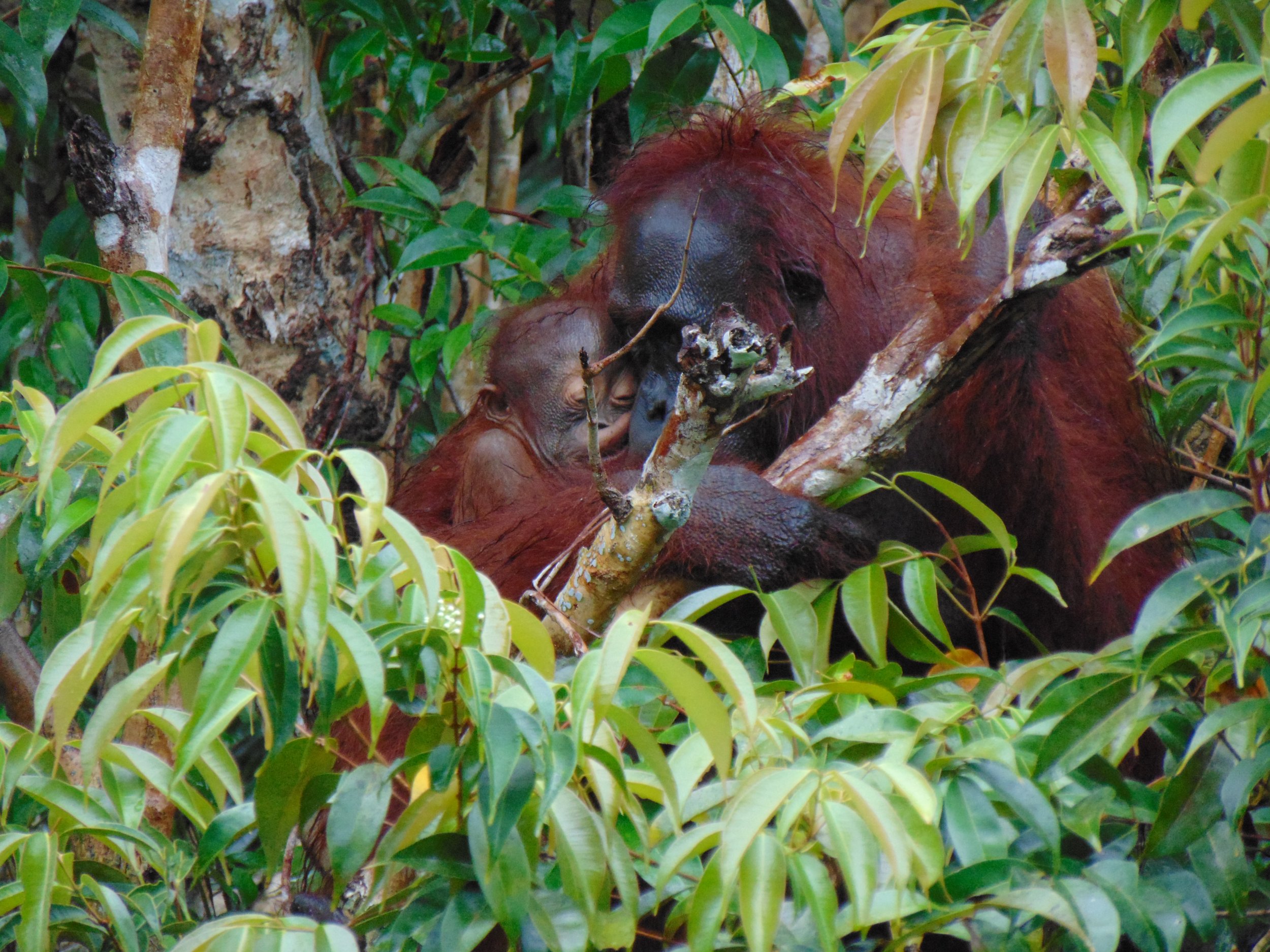
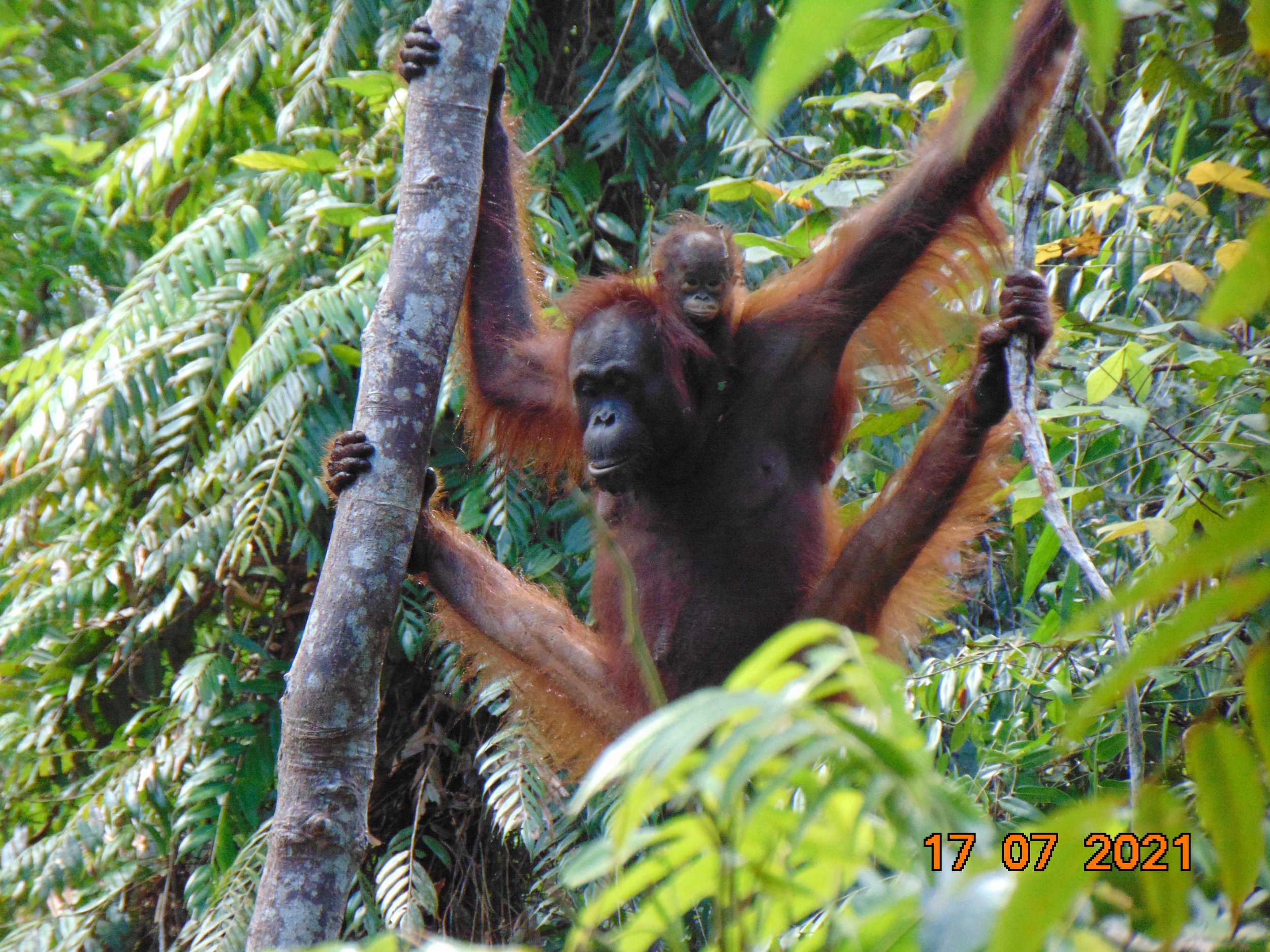
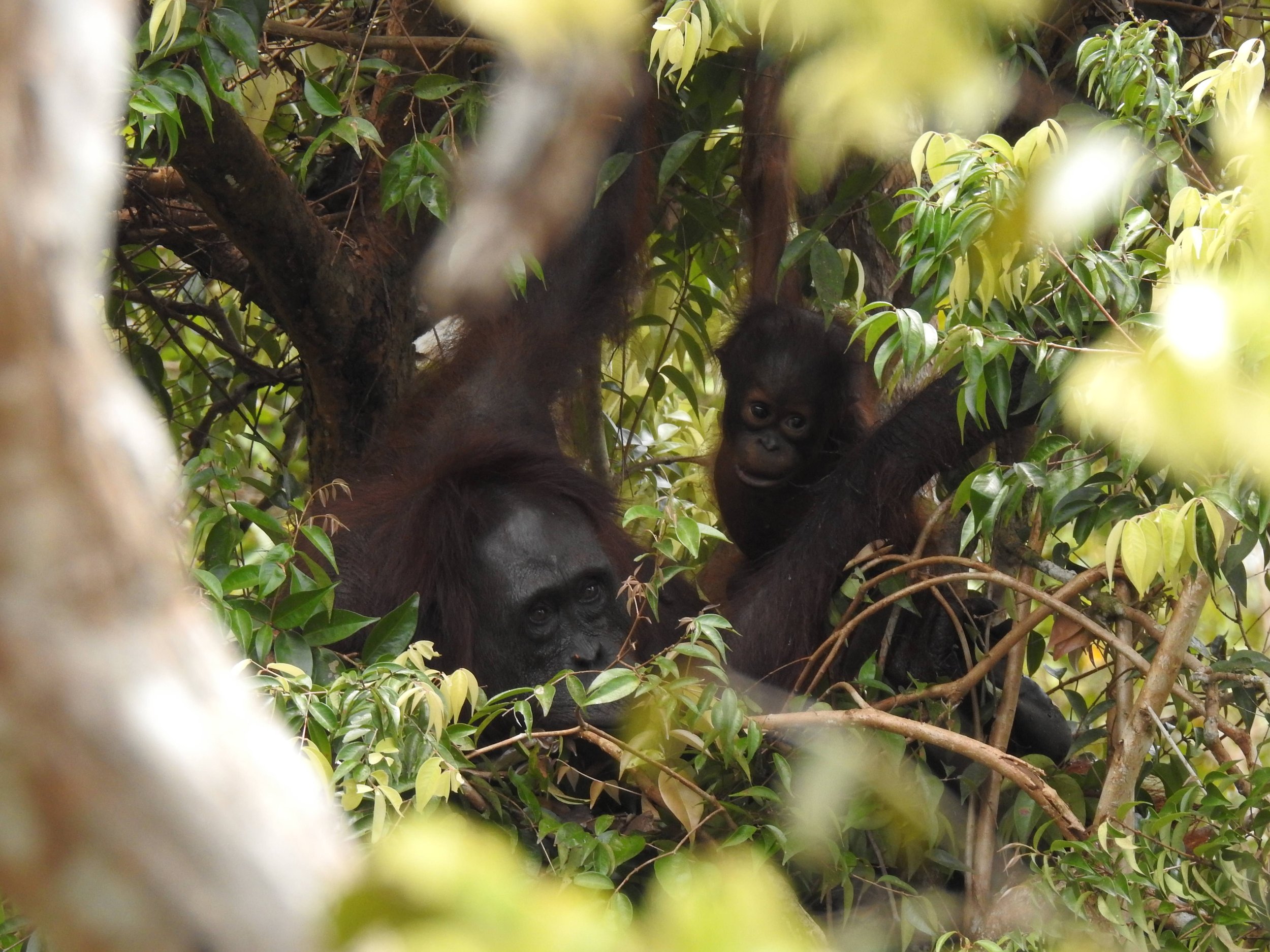
It’s an idyllic scene, watching mother and infant gracefully going about their business along the riverbank. However, the recent news of the crocodile attack on male orangutan Brian looms large, so it’s natural for our team to feel a little uneasy of their presence in the water now.
Despite this potential hazard, Queen certainly seems to know what she’s doing. She was one of the first orangutans to be introduced to the protected reserve back in 2003 as a six-year-old, and since then has built a strong legacy of successors. Quentin may be her first son, but previously Queen has raised three females since her release into the wild, so she has a wealth of experience on her side.
While he’s still young, our team will continue to enjoy Quentin’s presence around camp. Each day he spends watching his mother is another day closer to understanding forest life. In the years to come he will gradually learn what it takes to go out and begin his own legacy, but in the meantime, we’re delighted to keeping watching his progress.
Orangutan Stories: Boy
Orangutans are like humans in so many ways. We share around 97% of our DNA which means that biologically speaking there are a number of similarities. We have the same number of teeth, both age in a comparable way, and we can even use a human pregnancy test to check for prospective orangutan mothers!
This means that humans and great apes can also suffer from the same ailments, and orphaned orangutan Boy’s medical history is a prime example of this.
Boy is discovered at a local village in April 2017
As a three-year-old, Boy was separated from his mother and then kept as a pet in a local village. Cages can dramatically restrict an orangutan’s development, and after a few months on his own, Orangutan Foundation staff and government officials BKSDA were alerted to Boy’s presence and hurried to his aid. A thorough medical examination from our vet showed that despite his ordeal, Boy was in good health and ready to embark on his next chapter in the Foundation’s soft-release programme within the protected Lamandau Wildlife Reserve.
On his rescue, Boy receives a full-body examination to check his health
In the wild orangutans are a semi-solitary species, which means that although they generally explore their habitat independently, from time to time they do interact with one another. While they develop their natural abilities in our soft-release programme though, Boy and the other orphaned orangutans spend many hours together, learning and playing with one another on their daily trips to the forest.
Boy enjoys company and is perhaps one the most sociable of the young primates under our supervision. He loves exploring the trees with fellow orphan Adib as they climb and practice nest-building. In fact, Boy has even been spotted spending time with wild infant Marsha, until her mother Mores intervened and playfully shooed him away!
Boy swings in the trees with his campmates
Like the other orphaned orangutans in our care, Boy receives regular health check-ups to monitor his development, but recently we discovered something a little unusual. Last month Boy didn’t appear to be himself, he was vomiting and looked very weak and lethargic. Blood tests revealed that he had caught a cold and was suffering from anaemia, a condition which can occur from a lack of iron in the blood, so a course of multivitamin injections and medicines was prescribed by our vet to help alleviate this.
Another ailment which has affected the young male from time to time over the years is hair loss. Like us, every orangutan is unique so they each have varying amounts of hair on their body, but Boy has experienced unusual periods of baldness in recent times. It’s not thought that this is linked to his recent anaemia, so to treat this, our team have begun to use a new shampoo when washing him in the river which will hopefully encourage growth.

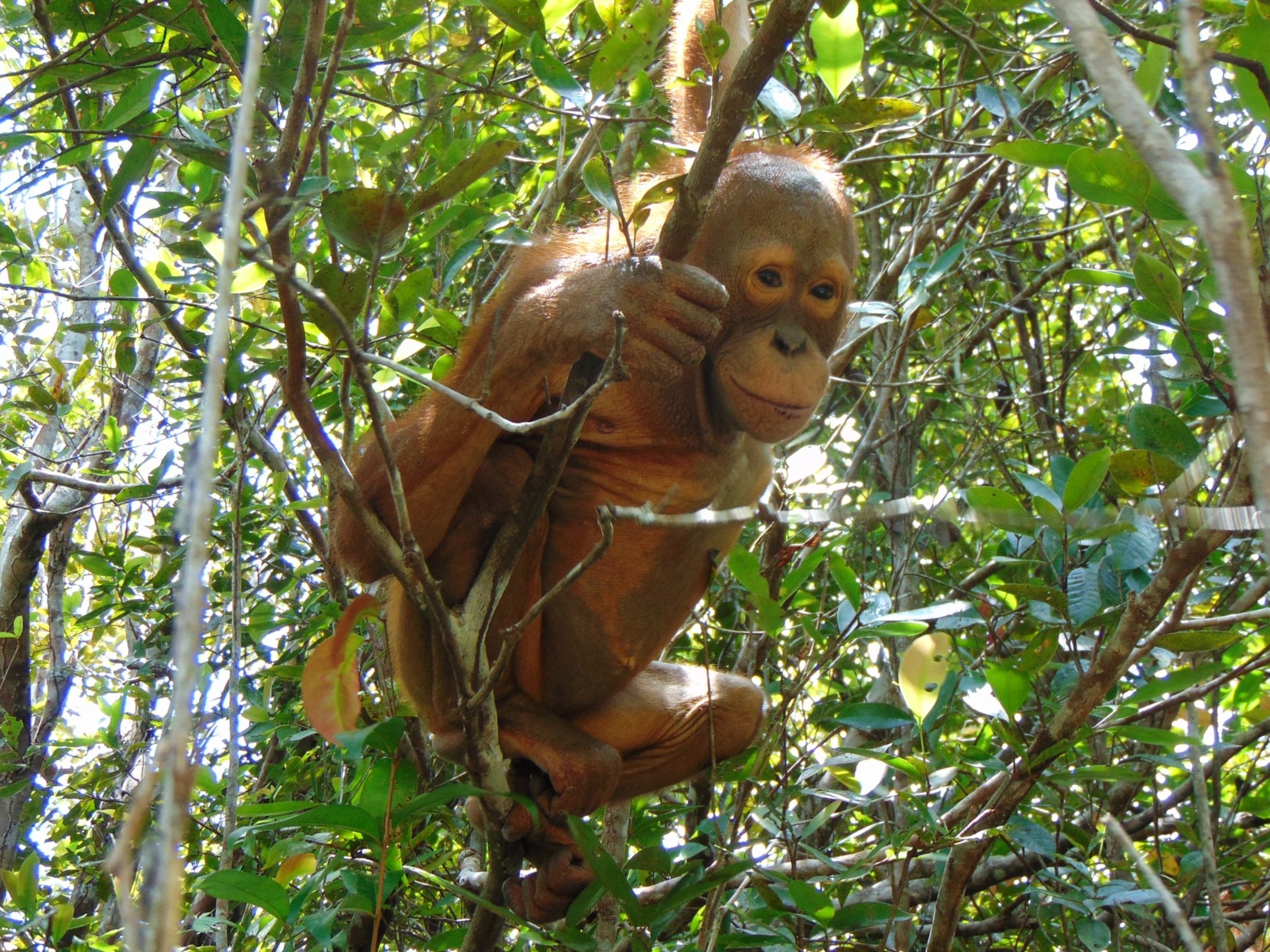

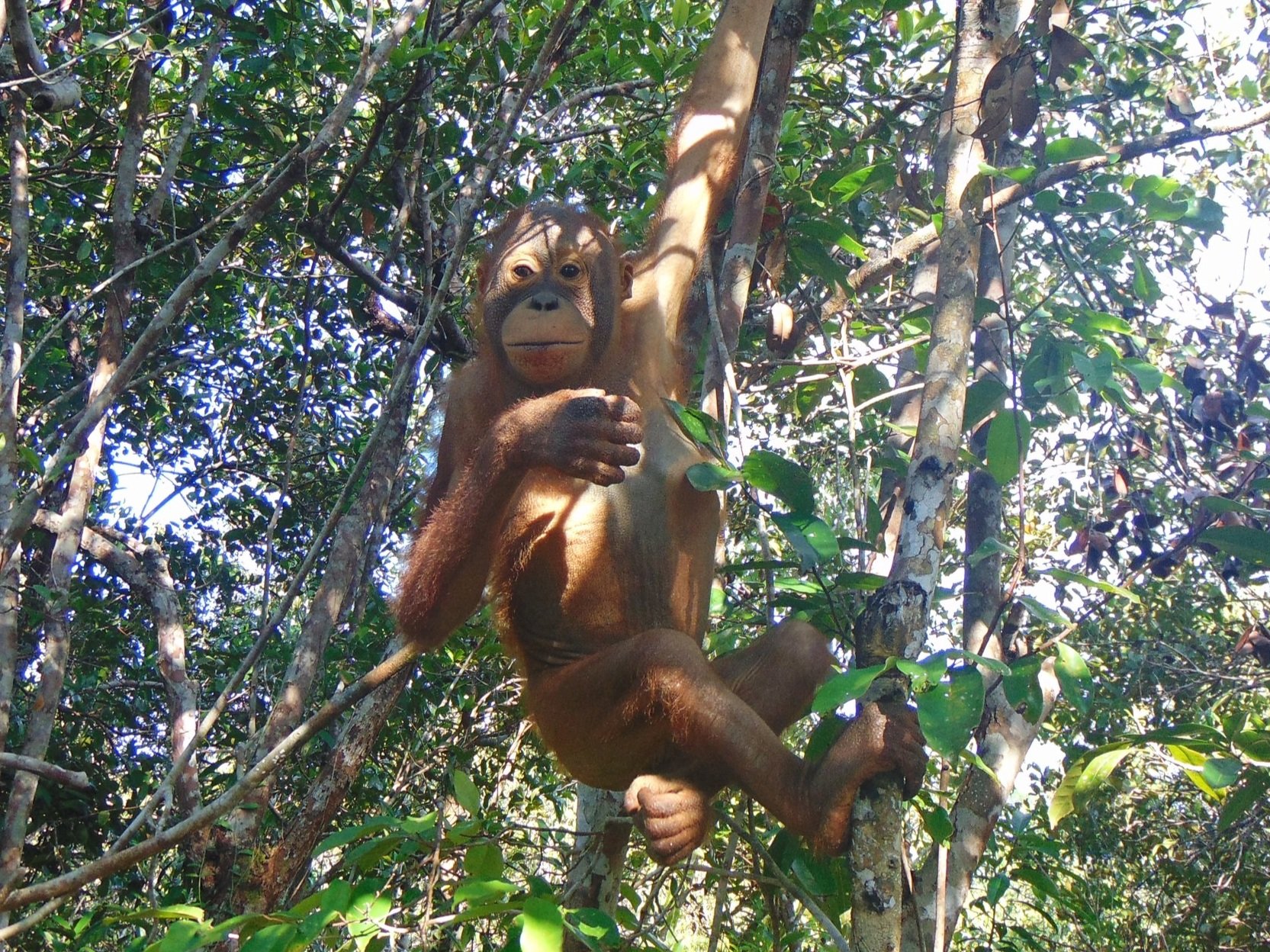
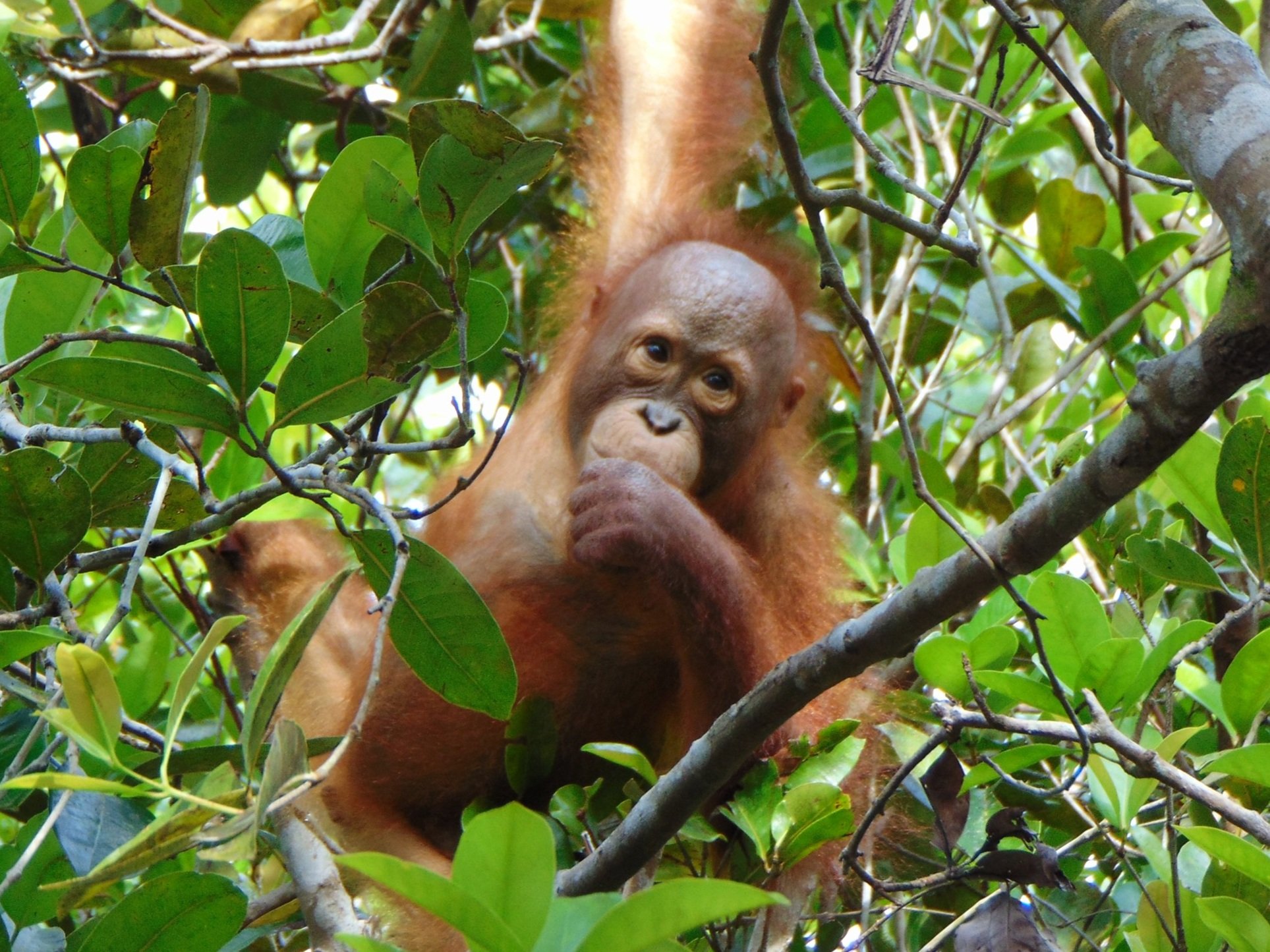

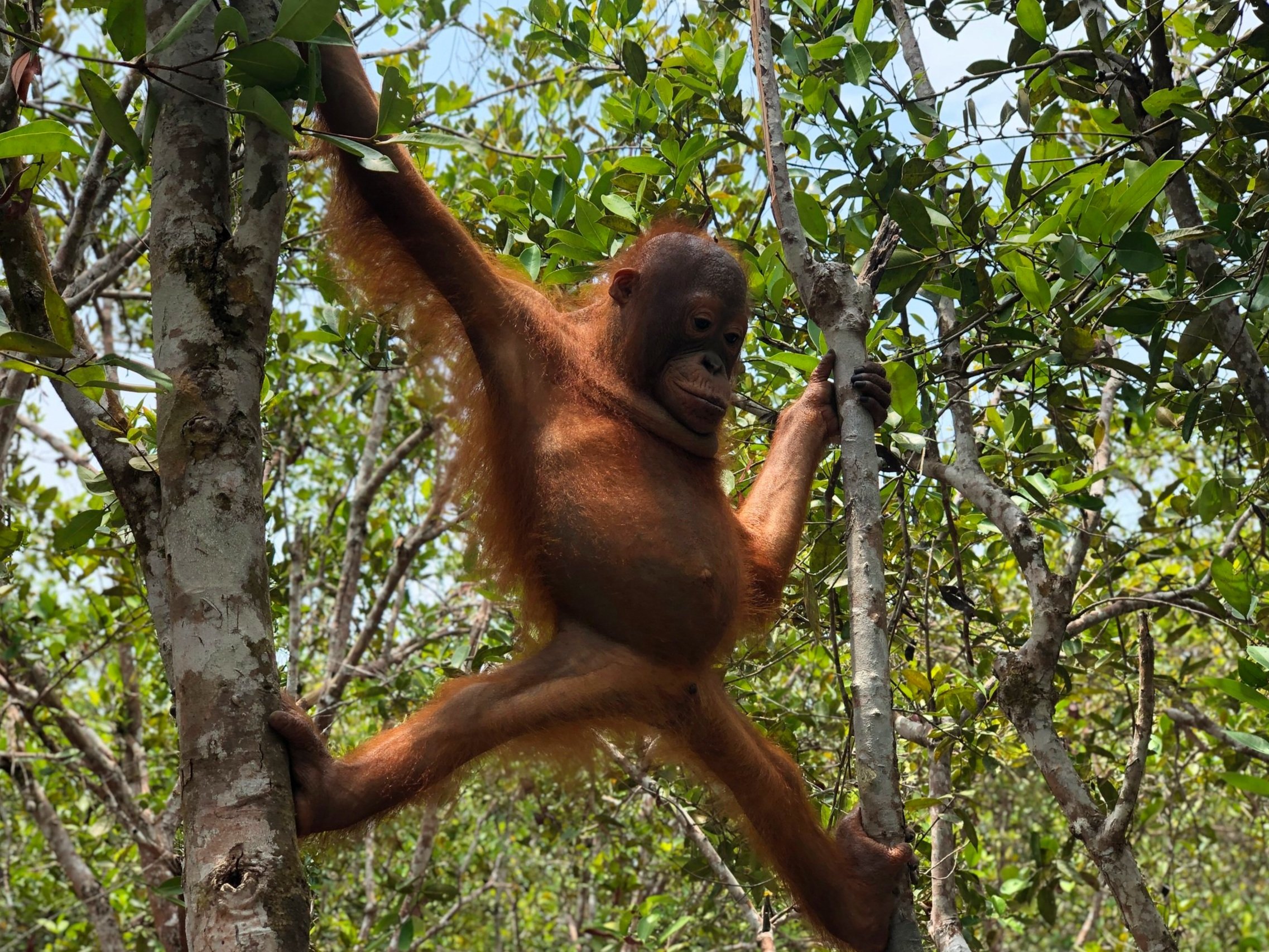

A week after his latest illness, our team were delighted to see that Boy’s blood tests were looking more positive. What’s more, the growing great ape appears to have more energy and has bounced back to his usual active self, frolicking with the others in the forest again. We will continue to keep a close eye on Boy’s health as he progresses and we look forward to the day when he will be experienced and strong enough to be released on his own into the wild.
We all have ups and downs, and Boy’s story is another reminder of how like us orangutans can be.


